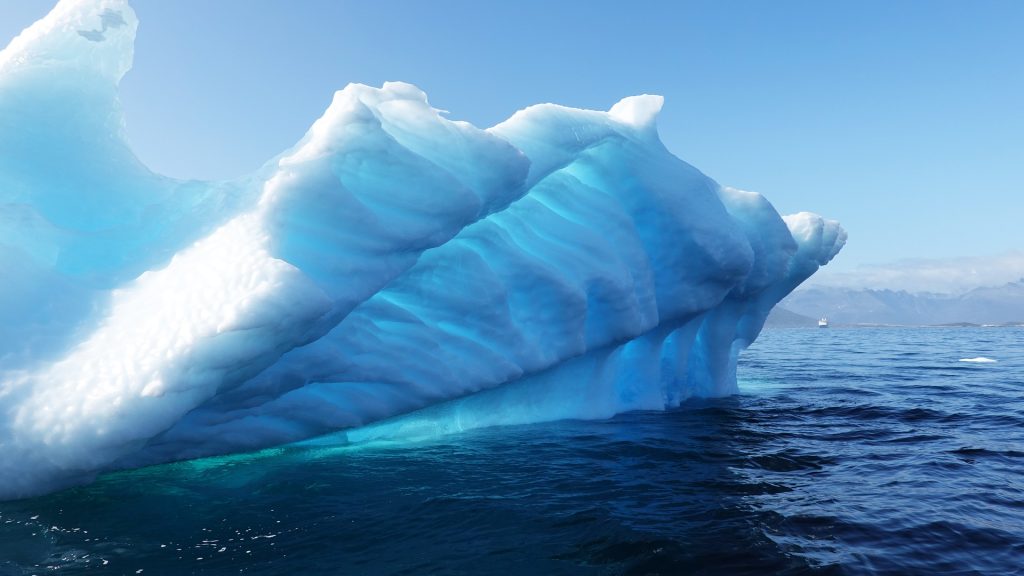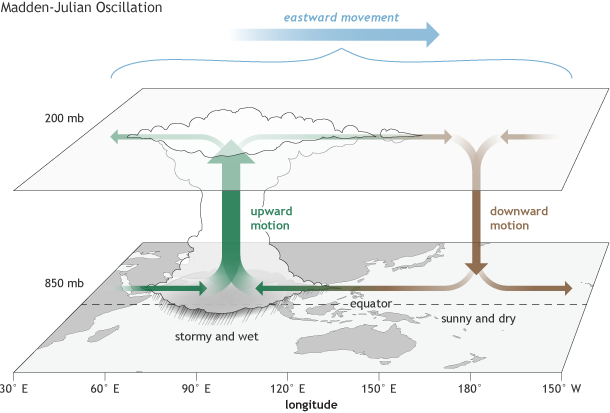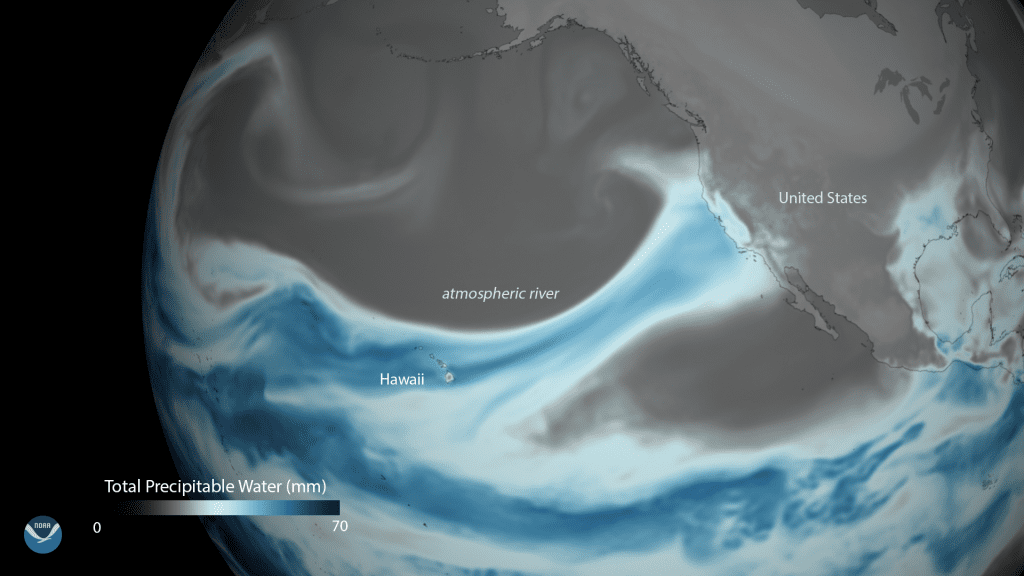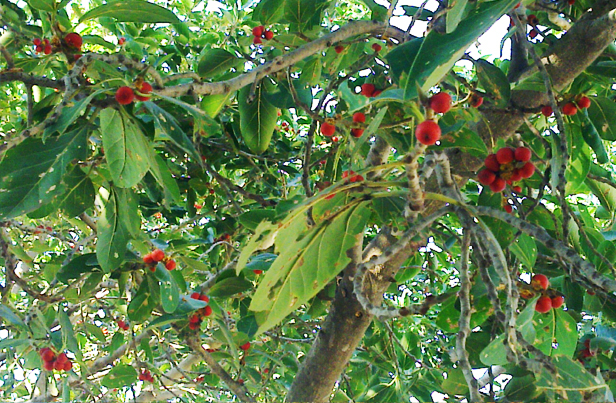Summertime Atmospheric Processes Play a Role in Arctic Ocean Warming
New research finds that internal atmospheric variability plays a role alongside anthropogenic greenhouse gases in the warming of the upper Arctic Ocean over the last forty years.
Summertime Atmospheric Processes Play a Role in Arctic Ocean Warming Read More »






